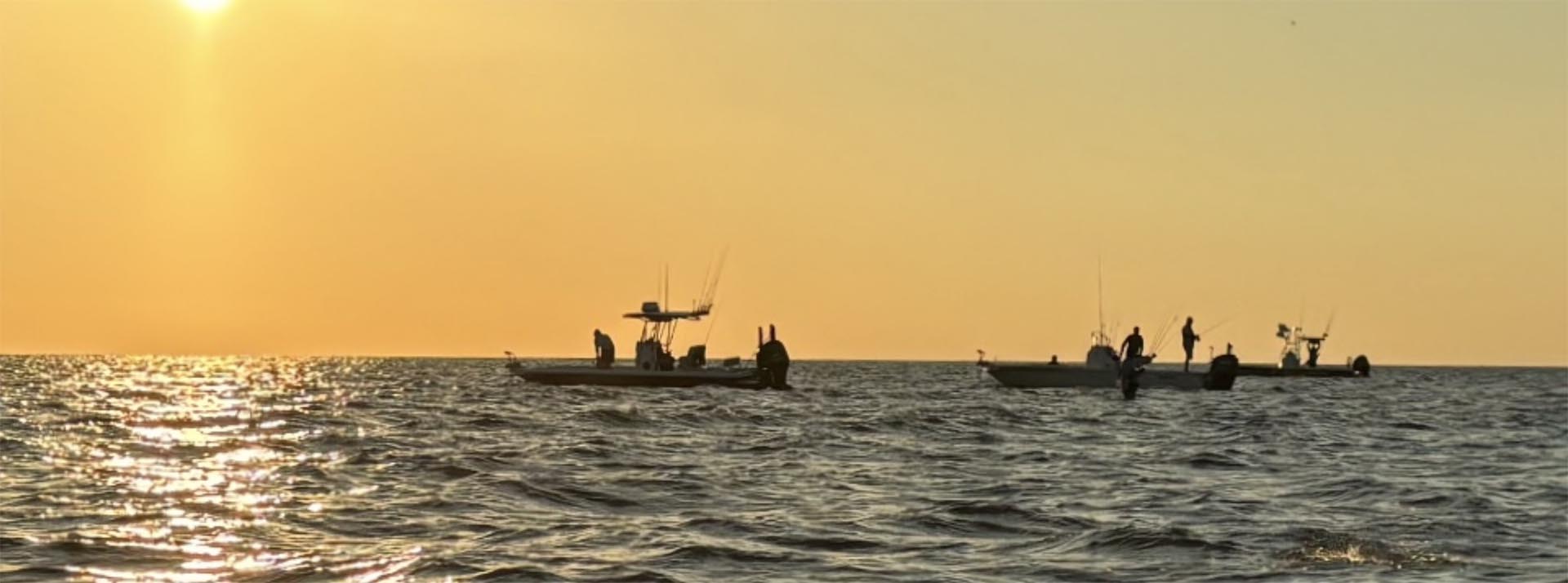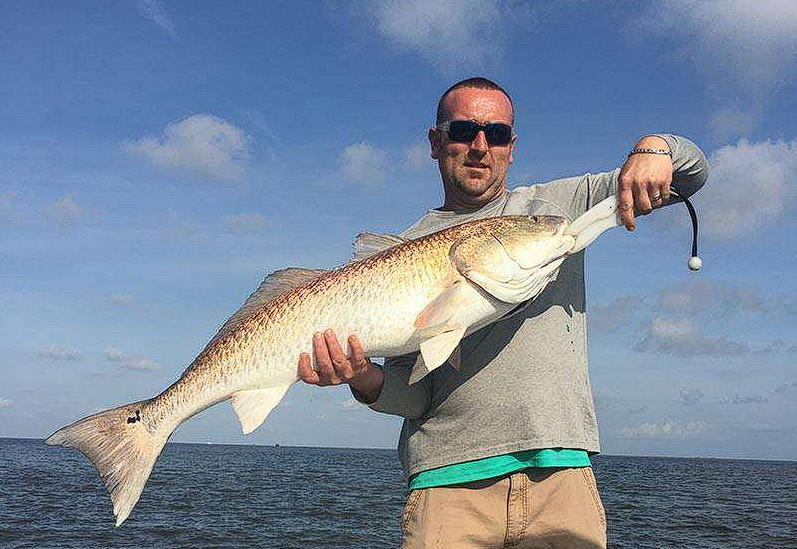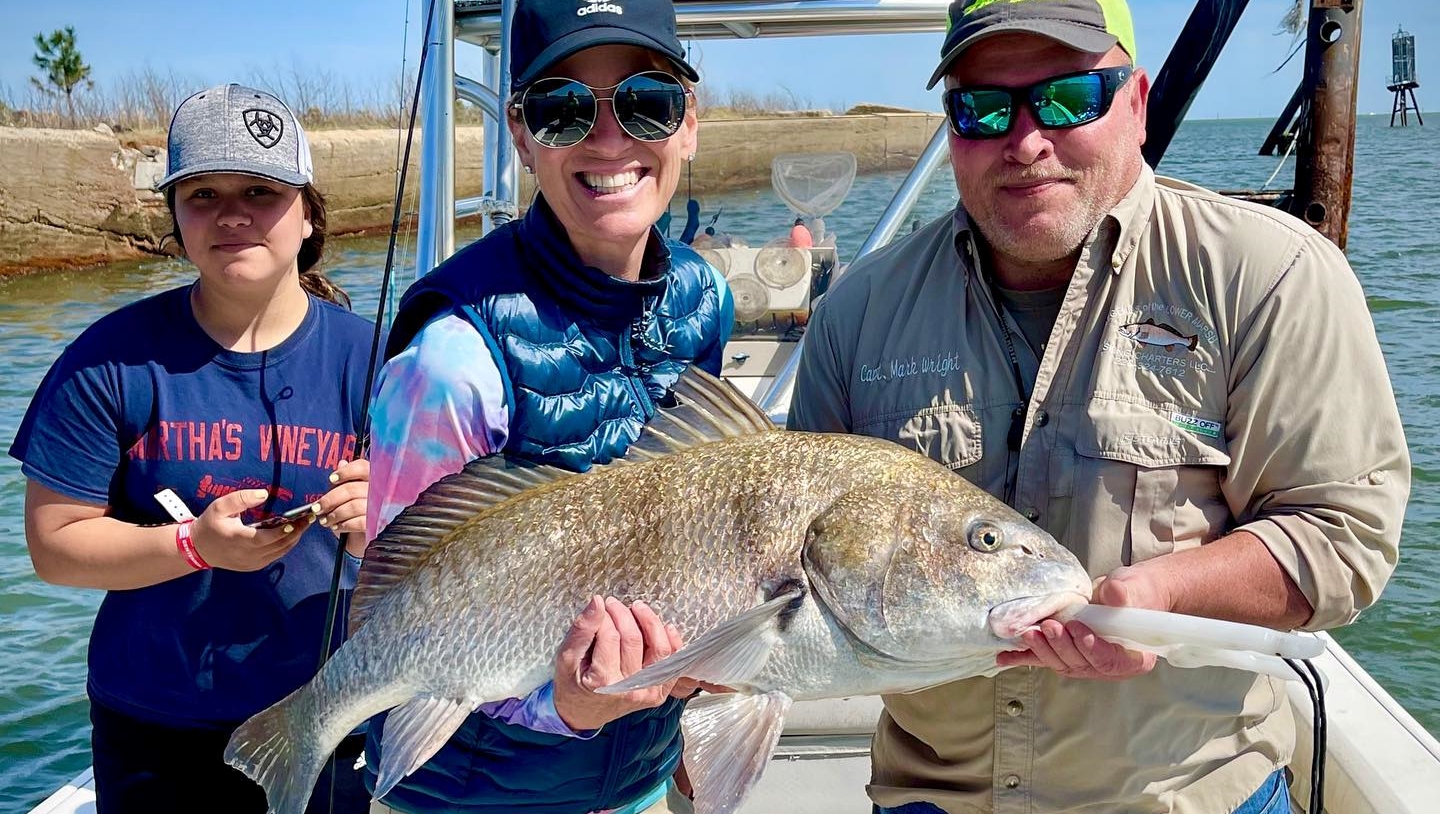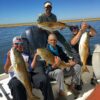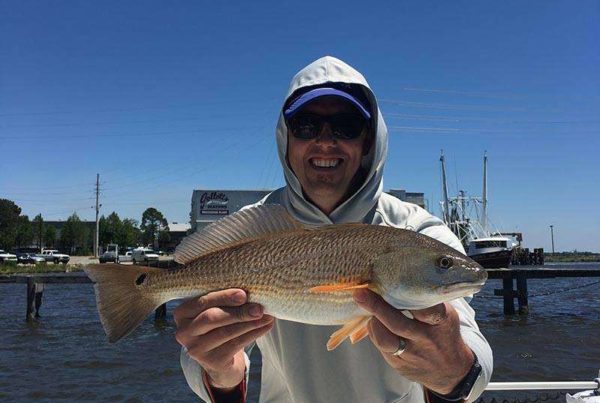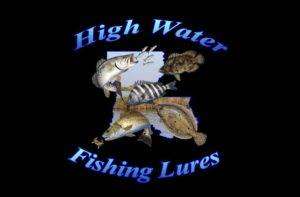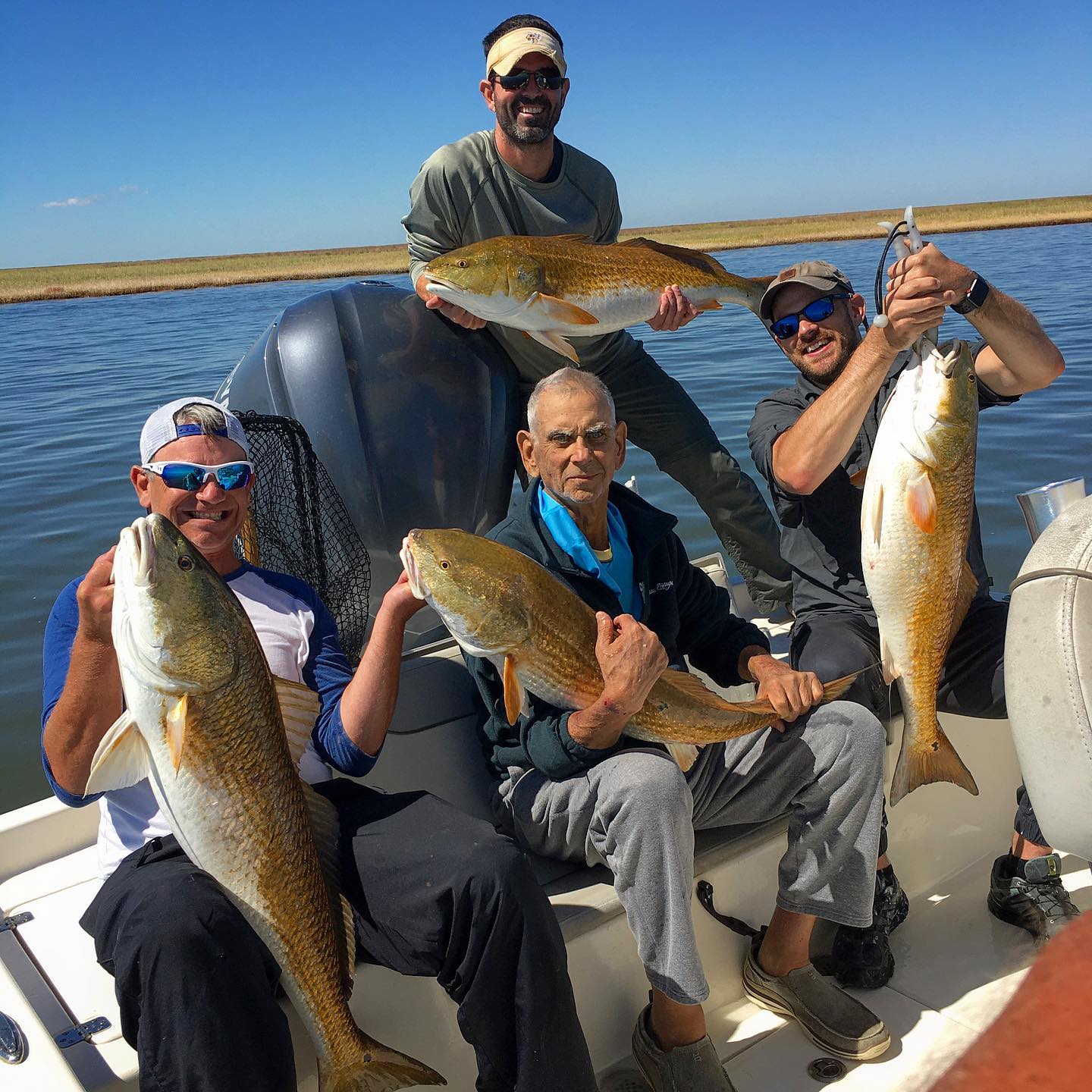
Last Updated on July 25, 2025 by Eric Bonneman
When summer fades along Louisiana’s coast, the Biloxi Marsh becomes a different animal. The oppressive heat gives way to cool north winds, the marsh drains with falling tides, and gamefish shift into a new gear. Fishermen looking to capitalize on these changes will find fall and early winter to be the most dynamic and productive time to target redfish, trout, black drum, and more across this vast brackish wilderness. Success hinges on understanding the seasonal transitions, identifying species correctly, and adapting techniques to fit the ever-changing conditions of this post-summer period.
What Changes After Summer
As the calendar flips past August, the marsh undergoes a steady environmental shift that alters fish behavior and water conditions. This shift marks the beginning of some of the most consistent inshore fishing Louisiana has to offer.
Fall Water Shifts
Water temperature begins to fall steadily from the upper 80s into the low 70s, triggering a biological chain reaction. Baitfish begin to leave the outer bays and barrier shorelines, shrimp flush from the grass, and predators follow the movement. Morning low tides become more extreme as frontal systems push water out of the marsh, concentrating fish into channels, drains, and deeper cuts.
Wind and Weather Factors
Cold fronts introduce sharp barometric drops and stiff north winds that drop water levels. These fronts can arrive as early as late September and continue through December. Each passing front resets the marsh, forces fish into tighter areas, and shifts feeding patterns toward midday warmth and slack tide feeding windows.
Cloud cover becomes more common during frontal periods, making sight fishing difficult, but also offering cover for topwater action. Fishermen must prepare for rapid shifts in wind direction, tide speed, and water clarity.
Target Species Breakdown
Late summer into fall brings a full spectrum of inshore predators into reachable water, and each species has its own set of cues, behaviors, and ideal conditions. Understanding the patterns of each helps you decide where to go, what to throw, and how to read the marsh as it evolves.
Redfish (Red Drum)
Redfish dominate the marsh as the primary inshore predator after summer. Look for them in shallow ponds, especially those with submerged grass, oyster bottom, or access to deeper drains. In clear conditions, redfish will push wakes, tail in inches of water, and explode on surface presentations.
Identification: Bronze to copper body, white belly, and one or more black spots near the tail
Typical Size: 18 to 30 inches, with bull reds over 27 inches appearing more frequently near outer edges during early fall
Tactics:
- Gold weedless spoons are deadly over grass
- Sight fishing with soft plastic jerkbaits on weighted hooks produces in skinny water
- Cut mullet or blue crab fished on bottom rigs near points and mouths draws in bigger reds
Speckled Trout (Spotted Seatrout)
Trout begin returning from the outer sounds and barrier islands into interior lakes and bayous. Cooler water and abundant shrimp bring them into predictable ambush zones.
Identification: Silver body with rows of black spots, elongated profile, and large mouth with fanged teeth
Typical Size: 12 to 18 inches, with larger fish holding in deeper bayous and channels
Tactics:
- Fish live shrimp under popping corks near drains and current seams
- Use soft plastics on 1/8 oz jigheads during moving tides
- Look for bird activity as trout push shrimp to the surface in feeding frenzies
Black Drum
Less glamorous than redfish but equally powerful, black drum feed on crustaceans and inhabit many of the same zones as redfish.
Identification: Gray to black body, vertical stripes as juveniles, whisker-like barbels under the chin
Typical Size: 20 to 30 inches, with some exceeding 40 pounds
Tactics:
- Fish dead shrimp, cracked crab, or cut bait along shell banks
- Target deeper pockets at the base of points or channel ledges
Sheepshead
As the water cools, sheepshead push into the marsh and stack around hard structure. These bait thieves require finesse and patience.
Identification: Deep-bodied fish with black vertical stripes and human-like crushing teeth
Typical Size: 1 to 5 pounds
Tactics:
- Fish live shrimp or fiddler crabs on small hooks near pilings, rocks, or submerged debris
- Set the hook firmly once weight is felt; their bite is quick and subtle
Flounder
Fall is prime flounder season as these ambush predators prepare for offshore spawning migrations. They feed heavily during outgoing tides.
Identification: Flat body with both eyes on the same side, mottled brown color, and wide mouth
Typical Size: 12 to 18 inches
Tactics:
- Bounce jigheads tipped with soft plastics near marsh drains
- Fish slow and tight to the bottom along sandy points and edges
Key Environments to Target
Each species relates to different features of the marsh depending on tide and temperature. Learning how to fish each type of terrain will increase your chances of steady action during this post-summer window.
Marsh Ponds
Shallow interior ponds hold redfish, especially when the tide is low and bait is trapped. Use stealthy approaches like push poles or electric motors, and scan for wakes or tails. Fish soft plastics or gold spoons when the sun is up and visibility is high.
Trenasses and Drains
Falling tides push shrimp and mullet through narrow trenches, where predators wait in ambush. These locations are ideal for fishing popping cork rigs and twitch baits. Fish both sides of the drain mouth and work the eddy lines where bait tends to stall.
Oyster Beds and Points
Shell bottom holds warmth and bait. Redfish, drum, and sheepshead gravitate to these spots during cold mornings or post-front conditions. Fish cut bait on bottom or slowly drag shrimp-tipped jigs over the shell.
Deeper Bayous
As water drops or cools rapidly, trout and black drum hold in bayous with 4 to 8 feet of water. Look for bends, junctions, or intersections of current for the best bite. Use jigheads for a vertical presentation or drift with bait on the bottom.
Seasonal Tactics and Gear Considerations
Fall fishing in the marsh rewards preparation. Tackle, bait, and presentation must match the conditions, which can change fast when a cold front moves through or the water drops out overnight.
Rod and Reel Setups
- Redfish and Drum: Medium-heavy 7′ spinning rod with 3000-4000 size reel and 20-30 lb braid
- Trout and Flounder: Medium-light 7′ rod with 2500 size reel and 10-15 lb braid
Leaders and Terminal Tackle
- Use 20-30 lb fluorocarbon leaders in clear water
- Circle or kahle hooks for bait fishing
- 1/8 to 1/4 oz jigheads for plastics
- Weedless hooks with twist-locks for sight fishing shallow ponds
Lure Selection
- Paddletail plastics in glow, chartreuse, or dark root beer hues for versatility
- Topwaters like She Dogs and Skitter Walks early and late in the day
- Spoons in gold or copper for redfish over grass flats
- Shrimp imitations under corks for trout and flounder
Live and Cut Bait Options
- Live shrimp: Universally effective under popping corks
- Cut mullet or menhaden: Great for redfish and drum on bottom rigs
- Half crab: A strong choice for bull reds and big drum
- Finger mullet: Productive when fished weightless in shallow ponds
Licensing and Regulations
Before fishing the marsh, ensure your licenses are current and you understand the rules. These figures are accurate for 2025, but always verify before heading out.
- License: Louisiana Basic and Saltwater License required
- Redfish: 16″ min, 5 per person, one over 27″
- Speckled Trout: 12″ min, 25 per person
- Black Drum: 16″ min, 5 per person, one over 27″
- Flounder: 10″ min, 10 per person
- Sheepshead: 10″ min, 15 per person
Capitalizing on the Seasonal Shift
Fall transforms the Biloxi Marsh into a focused, high-yield fishery. Water levels drop with each front, exposing terrain that holds bait and funnels predators into tighter zones. The clarity improves, the heat lifts, and fish begin to feed with intent rather than urgency. Every condition sharpens, and with it, the potential for deliberate, high-return days on the water. These patterns reward fishermen who pay attention, move with the season, and know when to change position or technique.
At Legends of the Lower Marsh, we operate with that timing in mind. Our familiarity with how the marsh behaves in this part of the year allows us to stay ahead of shifts in tide and temperature. We aren’t following the bite when fall arrives. We’re waiting for it. Book a trip with us and fish alongside a team that knows how to turn the post-summer transition into your most productive day of the year.

